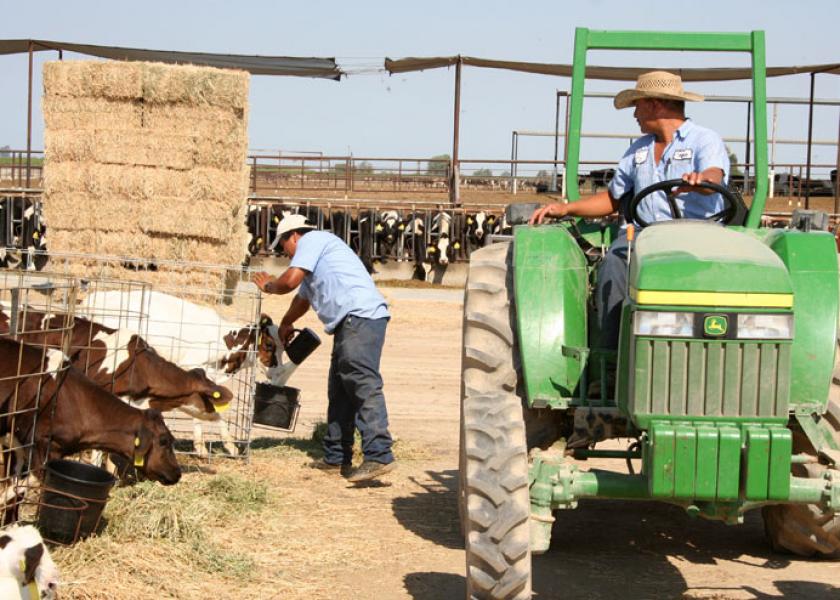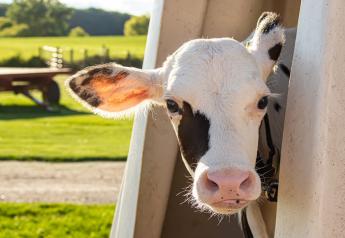Now in Effect: New Permanent Heat Rules for Washington State Outdoor Workers

With the exclusion of firefighters and other personnel responding to emergencies, the Washington State Department of Labor and Industries (L&I) is now issuing a permanent heat rule effective July 17 for outdoor workers. This comes after two years of temporary emergency rules focusing on the well-being of outdoor workers. The goal is to address minimum requirements to prevent heat-related illness and reduce traumatic injuries for outdoor workers associated with heat exposure.
The new rule encourages “cool-down rest periods” that requires employers to provide cool water and shade when temperatures are above 80 degrees. The requirements also include workers being able to take paid rest breaks, as needed, and for workers who are either new or returning to work after being absent for more than a week to have time to acclimate to the heat. This means those workers would need to be monitored by other workers.
Temps over 100 degrees require breaks every 15 minutes of every hour and temperatures over 90 would require paid rest breaks for 10 minutes for every two hours. The law also requires employers to always offer “suitably cool” drinking water to their workers and provide access to shade at all times when workers are present.
Edgar Franks, political director for independent farmworker union Familias Unidas por la Justicia, said, “For us, it’s still in a danger zone when you’re asking workers to work in 90 or 100 degrees.”
The Washington Farm Bureau wrote that L&I is pinning “excessive responsibility” on the employer, as well as “overestimat[ing] the benefits of the new rule and underestimat[ing] the cost.”
For the full details that outline the rules for Safety Standards for agriculture, as adopted under the Washington Industrial Safety and Health Act of 1973, go to Agriculture, Chapter 296-307, WAC







